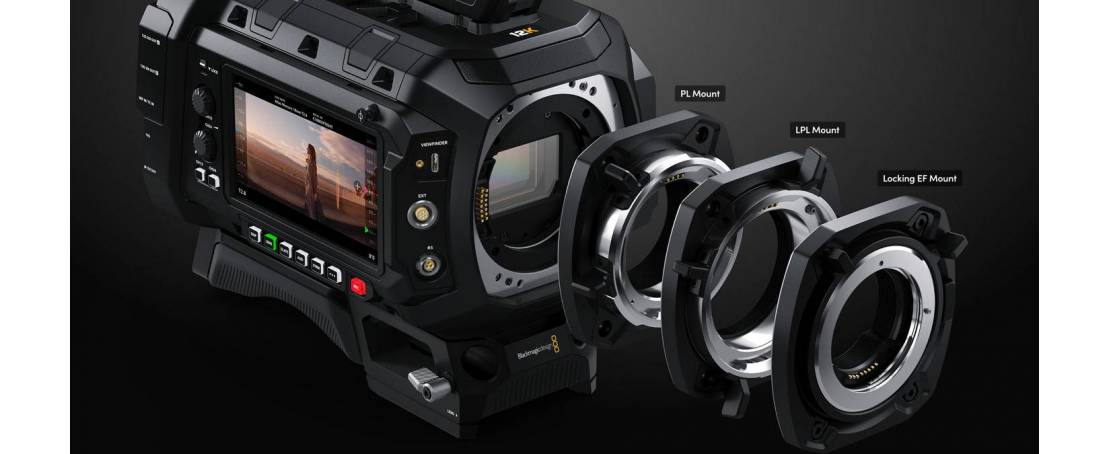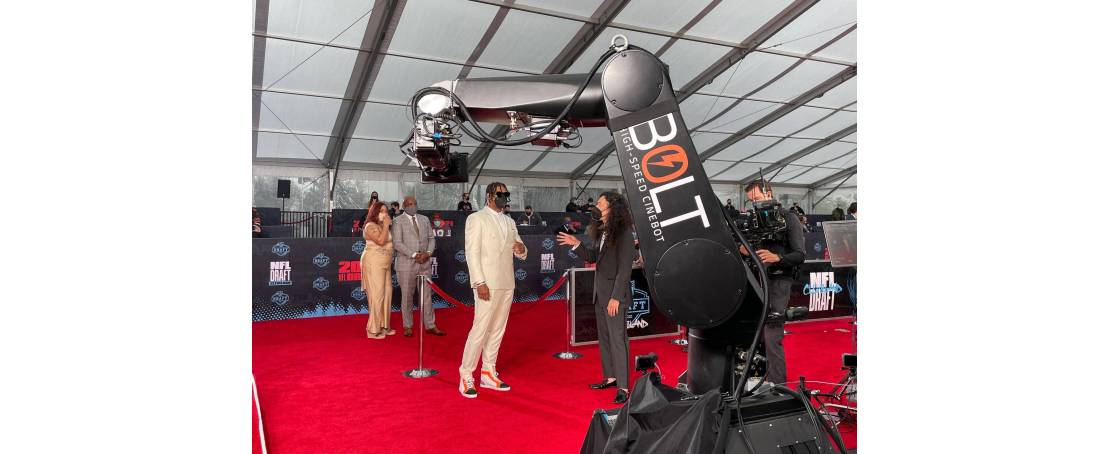Cinematic Excellence: The Art of Cinematography in Ferrari 2023
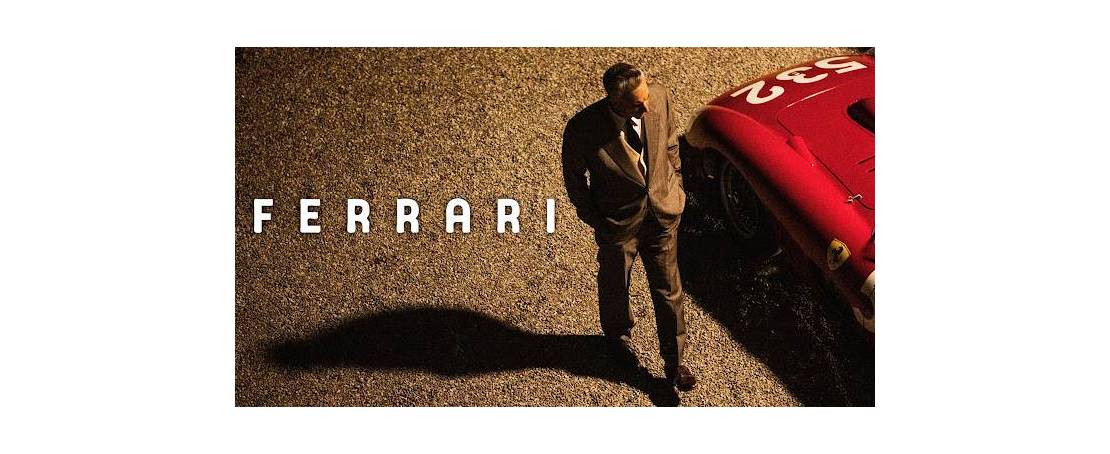
Exploring the Cinematic Mastery in Ferrari (2023): A Deep Dive into the Cinematography Techniques and Equipment
Introduction
The 2023 film Ferrari, directed by the visionary Michael Mann, is not just a cinematic tribute to the legendary Enzo Ferrari but also a marvel in the realm of cinematography. The movie, crafted with intricate detailing and technical sophistication, showcases a blend of storytelling and visual artistry. Let's delve into the cinematographic techniques and equipment that brought this epic narrative to life.
Cinematographic Techniques in Ferrari
1. Aspect Ratio - Proporzioni 2.39:1
The film employs an aspect ratio of 2.39:1, commonly known as the CinemaScope or widescreen ratio. This choice is crucial for Ferrari as it allows for a broader field of view, essential in capturing the expansive racing scenes and the scenic Italian landscapes. The wider frame also aids in portraying the drama and intensity of the racing world, enveloping the audience in a more immersive experience.

2. Digital Intermediate and Color Grading
The use of Digital Intermediate (DI) at a 4K resolution for Ferrari is pivotal in achieving its stunning visual appeal. DI allows for precise color grading, enhancing the visual storytelling by manipulating colors to reflect different moods and time periods. The subtle shifts in tones help in creating an emotional connection with the audience, making the narrative more engaging.
The Equipment Behind the Magic
1. Camera - Sony CineAlta Venice 2
The Sony CineAlta Venice 2 camera plays a starring role in the making of Ferrari. Known for its exceptional full-frame sensor and phenomenal color science, this camera captures the essence of the film's visual narrative. Its ability to handle low light conditions and high dynamic range ensures that every frame is a visual treat, be it the intricate details of the Ferrari cars or the nuanced expressions of the actors.
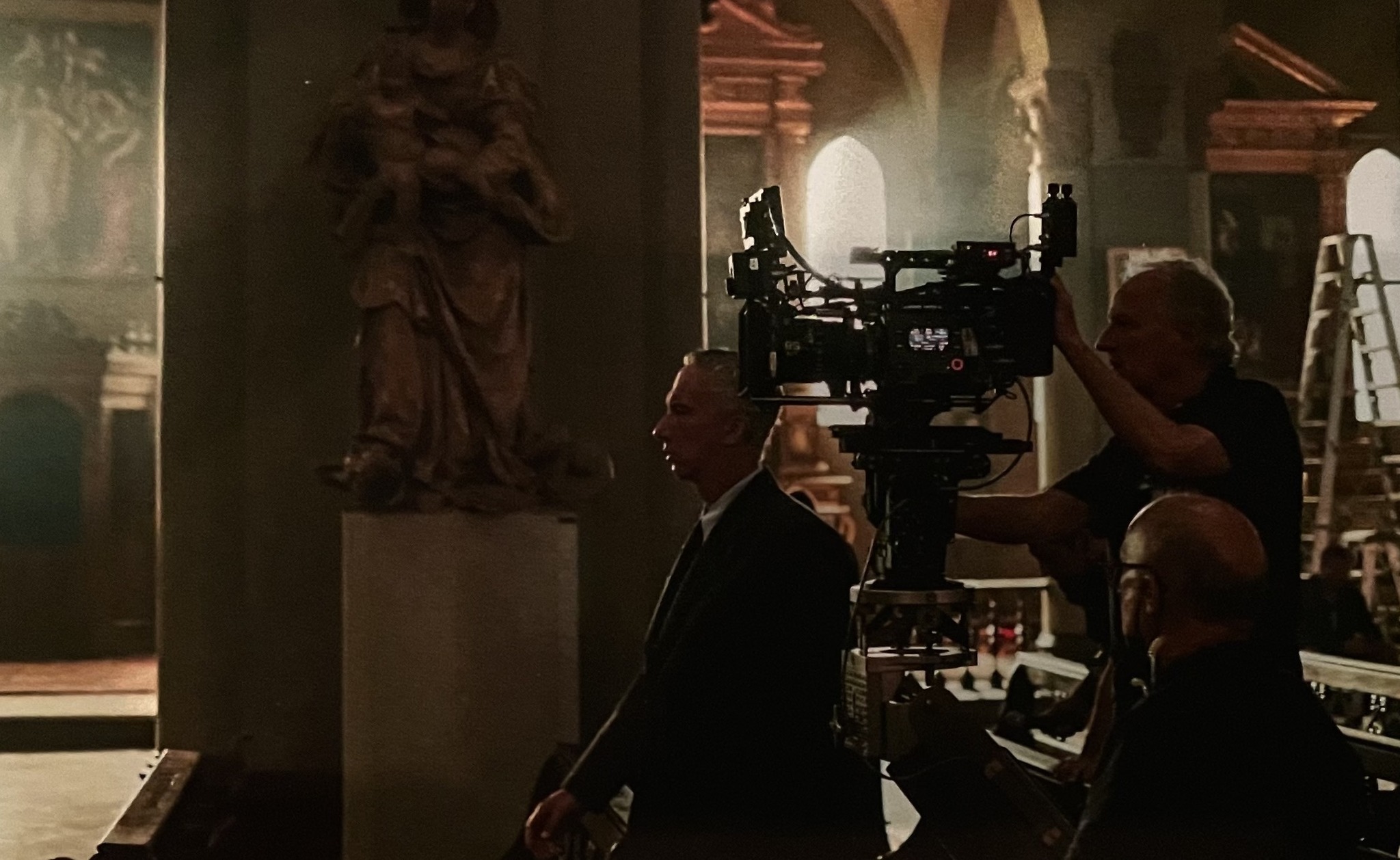
2. Film Formats - AXSM and X-OCN XT
The film employs AXSM as its negative format, which is integral to capturing high-resolution content, crucial for large-scale productions like Ferrari. The X-OCN XT format, with its 8.2K resolution, provides a vast amount of detail, making it ideal for capturing the fast-paced racing scenes with utmost clarity.
3. Anamorphic and Spherical Lenses
The combination of anamorphic and spherical lenses in Ferrari is a testament to the film's cinematic ingenuity. Anamorphic lenses contribute to the film's widescreen aspect ratio and create a distinctive look with their unique bokeh and lens flares. Spherical lenses are used in certain scenes to bring a different aesthetic, offering a contrast in visual texture that adds depth to the storytelling.
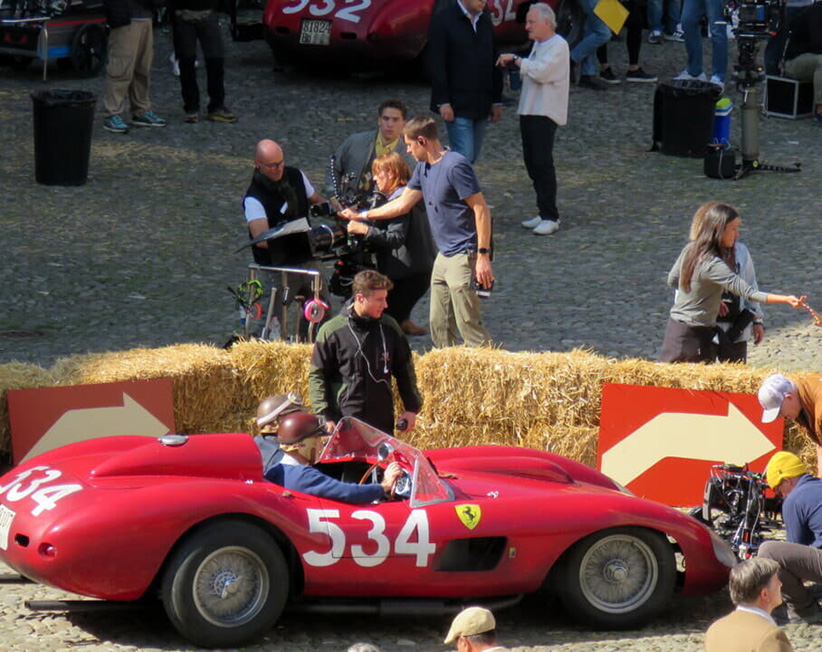
4. Post-Production - Company 3 and Kiwii Digital
The involvement of Company 3 and Kiwii Digital in the dailies and post-production process ensures that each frame of Ferrari is treated with the utmost care. Their expertise in handling high-end digital footage ensures that the film's visual quality is maintained throughout the post-production process.
Conclusion
The film Ferrari is a cinematic masterpiece, not just in its storytelling but also in its visual presentation. The cutting-edge equipment and sophisticated cinematographic techniques employed in the movie play a crucial role in bringing the thrilling and emotional story of Enzo Ferrari to life. The meticulous attention to detail in every aspect of cinematography makes Ferrari a benchmark in film production, offering inspiration and insight to filmmakers and enthusiasts alike.
In Same Category
- Blackmagic Design's Groundbreaking Cinema Gear at NAB Show 2024
- Blackmagic Design 6k Cine Camera: Which lenses to choose and why
- The Best Cameras for Beginners: DSLRs and Mirrorless
- The Blackmagic Cinema Camera 6K: the new Blackmagic camera 2023
- All You Need to Know About The Sony’s BURANO 8K Digital Cinema Camera

